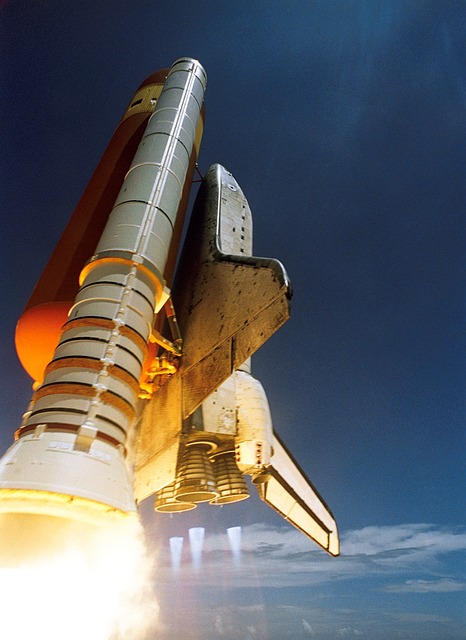NASA
Introduction:
NASA, the National Aeronautics and Space Administration, has been at the forefront of technological innovation for decades. From launching spacecraft into orbit to exploring distant planets, NASA's groundbreaking technology has revolutionized our understanding of the universe and pushed the boundaries of human exploration. In this blog, we will delve into some of the remarkable technologies developed by NASA that have transformed the way we perceive and explore space.
Spacecraft and Rocket Technology:
NASA's spacecraft and rocket technology has enabled us to
venture beyond Earth's atmosphere and travel to other celestial bodies. The
Saturn V rocket, used during the Apollo missions, remains the most powerful
rocket ever built. Its groundbreaking design and engineering propelled
astronauts to the Moon, making it an emblem of human achievement.
More recently, NASA has developed the Space Launch System (SLS), which aims to carry astronauts to the Moon, Mars, and other deep space destinations. This cutting-edge rocket incorporates advanced materials, propulsion systems, and innovative manufacturing techniques to enhance performance and safety.
Robotic Explorers:
NASA's robotic explorers have played a pivotal role in
gathering data and expanding our knowledge of the cosmos. The Mars rovers, such
as Sojourner, Spirit, Opportunity, and Curiosity, have captured the public's
imagination with their remarkable discoveries on the Red Planet. These rovers
utilize sophisticated instruments and sensors to examine Martian soil, study
the atmosphere, and search for signs of past or present life.
In addition to Mars missions, NASA has sent robotic probes to other planets, moons, and asteroids, unraveling mysteries of the solar system. The Juno spacecraft, currently orbiting Jupiter, provides unprecedented insights into the gas giant's composition and magnetic field, while the Cassini mission to Saturn delivered breathtaking images and data about the planet's rings and moons.
Earth Observation and Climate Science:
NASA's technological advancements extend beyond space
exploration to studying our home planet. Satellites equipped with advanced
imaging instruments capture detailed images of the Earth's surface, monitor weather
patterns, and track environmental changes. This data is crucial for climate
scientists, helping them understand the dynamics of our planet's climate
system.
NASA's Earth Observing System (EOS) fleet of satellites provides valuable information about global temperature patterns, ice sheet dynamics, deforestation, and ocean currents. The data collected enables scientists and policymakers to make informed decisions to mitigate the effects of climate change and protect our environment.
Human Spaceflight:
NASA has been a pioneer in human spaceflight, developing
technologies that ensure astronaut safety and enable long-duration space
missions. The International Space Station (ISS), a joint effort involving
multiple countries, serves as a microgravity laboratory and a testbed for
future space exploration.
Innovations such as life support systems, space suits, and advanced medical technologies have been developed to sustain human life in the hostile environment of space. NASA's work in this area not only expands our understanding of human physiology in space but also brings us closer to the goal of sending humans to Mars and beyond.
Conclusion:
NASA's technological advancements have transformed our
understanding of the universe and redefined what is possible in space
exploration. From spacecraft and rocket technology to robotic explorers and
Earth observation satellites, NASA continues to push the boundaries of
innovation, inspiring future generations of scientists, engineers, and
explorers.
As we look to the future, NASA's ongoing endeavors, such as
the Artemis program, which aims to return humans to the Moon and establish a
sustainable presence, hold immense promise. With each technological leap, NASA
paves the way for further discoveries, bringing us closer to unraveling the
mysteries of the cosmos and ultimately expanding the frontiers of human
knowledge.








0 Comments